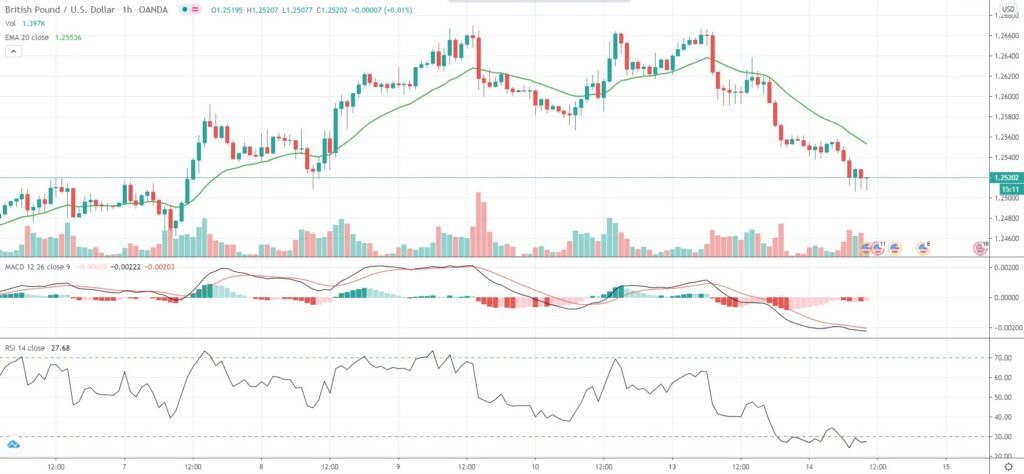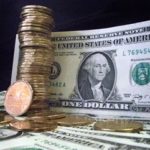GBP/USD extended losses from the previous trading day and touched a fresh one-week low in early European trade on Tuesday after a report by the UK Office for National Statistics showed a larger-than-anticipated GDP contraction in May.
Annual Gross Domestic Product shrank 24.0% in May, or at the second sharpest pace on record, following a 25.3% slump in April. Analysts on average had expected a 20.4% year-on-year drop. In monthly terms, UK economy rebounded at a considerably slower rate than expected in May, by 1.8%, following a record 20.3% contraction in April. The latest figures cast doubt on the V-shaped recovery many analysts have been projecting.
Meanwhile, UK’s industrial output shrank at an annual rate of 20.0% in May, dragged down by a 22.8% slump in manufacturing production. Yet, the rate of decrease was less steep than anticipated as businesses managed to operate while following social distancing measures.
The Pound and other risk-sensitive currencies came under pressure also due to escalating diplomatic tensions between Beijing and Washington over disputed claims to offshore resources across the South China Sea. The US said China’s claims were “unlawful.”
“U.S.-China tensions about the situation in the South China Sea helped U.S. dollar and weighed on cyclical currencies overnight, with the trade weighted dollar remaining firmly in the range of recent weeks,” ING analysts wrote in an investor note.
Deepening coronavirus crisis in the US, Brazil, India and elsewhere also remained a source of concerns.
As of 10:43 GMT on Tuesday GBP/USD was edging down 0.28% to trade at 1.2518, after touching an intraday low of 1.2506, or a level not seen since July 7th (1.2463). The major pair has retreated 0.85% so far this week, following two consecutive weeks of gains.
On today’s economic calendar, at 12:30 GMT the Bureau of Labor Statistics is to report on US consumer prices. The annualized consumer inflation in the country probably accelerated to 0.6% in June, according to market expectations, from 0.1% in May. The latter has been the lowest annual inflation since September 2015, as gasoline prices plummeted 33.8% year-on-year.
The annualized core consumer inflation, which is stripped of prices of food and energy, is expected to slow down to 1.1% in June from 1.2% in May. The latter has been the lowest core inflation since March 2011.
At 18:00 GMT Federal Reserve Board Member Lael Brainard is scheduled to speak at a National Association for Business Economics webinar with a topic “Perspectives on the Pandemic”, while at 18:30 GMT Fed President for St. Louis James Bullard is expected to speak on the US economy and monetary policy during a live-streamed event at the Economic Club of New York.
Bond Yield Spread
The spread between 2-year US and 2-year UK bond yields, which reflects the flow of funds in a short term, equaled 27.4 basis points (0.274%) as of 10:15 GMT on Tuesday, up from 26.8 basis points on July 13th.
Daily Pivot Levels (traditional method of calculation)
Central Pivot – 1.2590
R1 – 1.2630
R2 – 1.2706
R3 – 1.2746
R4 – 1.2785
S1 – 1.2514
S2 – 1.2474
S3 – 1.2398
S4 – 1.2322






